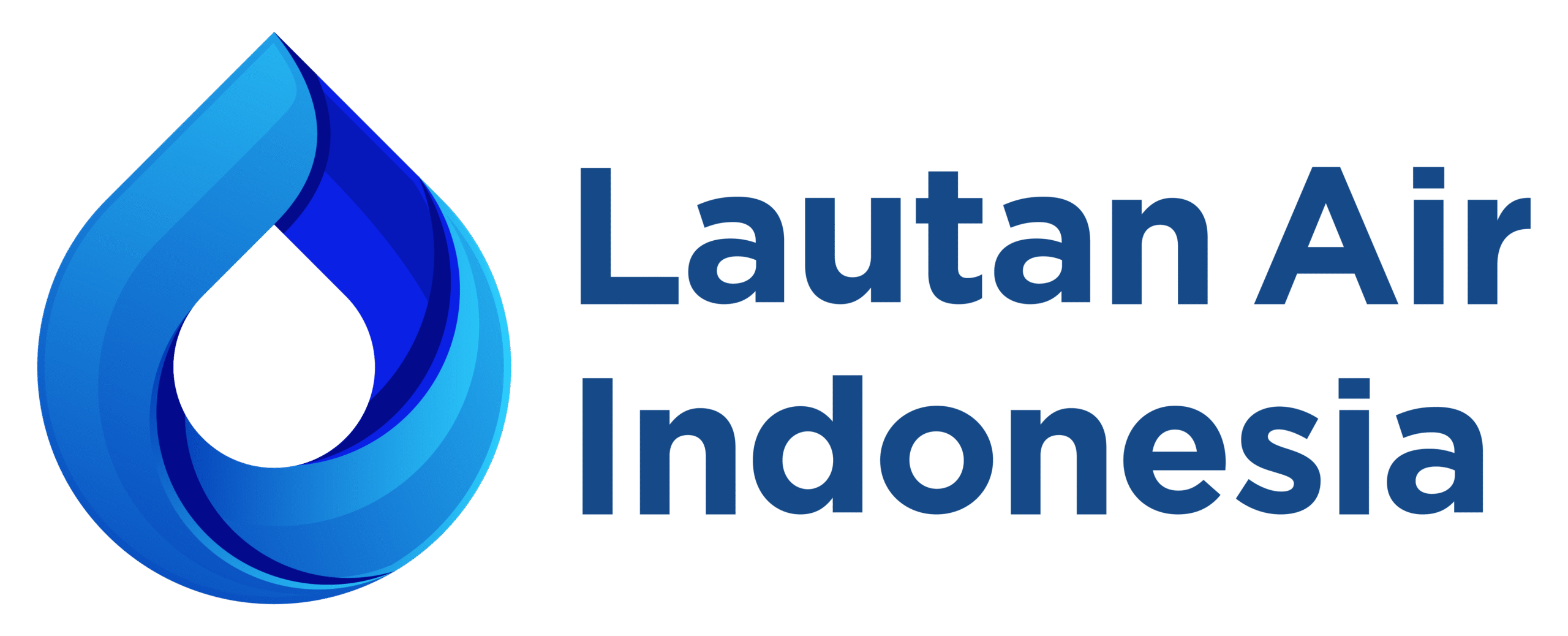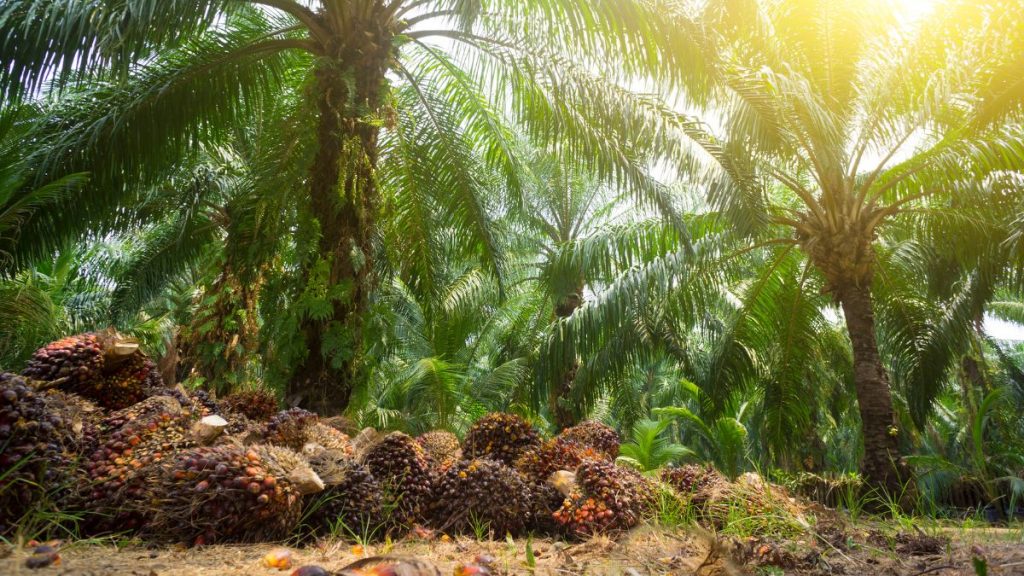Palm oil is one of Indonesia’s most important commodities, powering food, energy, and industrial sectors worldwide. However, the palm oil production process generates large volumes of wastewater known as Palm Oil Mill Effluent (POME).
This effluent contains high levels of organic matter, which is reflected in the parameters known as COD and BOD in Palm Oil Mill Effluent. Managing these parameters is critical for both environmental compliance and sustainable operations.
Why COD and BOD are High in POME?
Palm Oil Mill Effluent is generated during the sterilization, clarification, and separation processes in palm oil production. On average, one ton of crude palm oil (CPO) can generate 2.5–3.0 cubic meters of POME.
This wastewater is rich in organic and suspended solids due to the nature of palm fruit processing. Several factors contribute to the high COD (Chemical Oxygen Demand) and BOD (Biochemical Oxygen Demand) values:
1. Rich Organic Content
POME contains high amounts of residual oil, carbohydrates, proteins, and fibers derived from palm fruits. These biodegradable organic compounds significantly increase BOD because they require large amounts of oxygen for microbial decomposition.
2. High Oil and Grease
Residual palm oil that escapes during extraction processes contributes to COD in Palm Oil Mill Effluent, as these oils are not easily degraded. The hydrophobic nature of oil also makes it difficult to remove without proper treatment.
Read Also: Treat Emulsion Oil in Water: Understanding Oily Waste Types and Their Solutions
3. Suspended Solids
Palm fibers, shells, and other suspended solids raise the COD load. When these particles decompose biologically, they also contribute to BOD levels.
4. Thermal Processing
The sterilization process using steam produces condensates that mix with organic matter, increasing the overall strength of the effluent. This makes COD and BOD levels in POME significantly higher compared to many other industrial wastewaters.
Typically, raw POME can have COD levels ranging from 40,000 to 70,000 mg/L and BOD levels of 25,000 to 35,000 mg/L, which are far above the permissible discharge standards. This explains why untreated POME is considered one of the most challenging wastewater streams in the agro-industrial sector.
Impact of High COD and BOD if Untreated
If POME with excessive COD and BOD is discharged without adequate treatment, the consequences can be severe for both the environment and the palm oil industry’s sustainability reputation.
1. Oxygen Depletion in Water Bodies
When wastewater with high organic loads enters rivers or lakes, microorganisms rapidly consume oxygen to break down the compounds. This leads to dissolved oxygen depletion, suffocating fish and other aquatic life. Entire ecosystems can collapse due to this oxygen imbalance.
2. Greenhouse Gas Emissions
Untreated POME in open lagoons undergoes anaerobic digestion, releasing methane (CH₄) and carbon dioxide (CO₂). Methane is a greenhouse gas 25 times more potent than CO₂, contributing significantly to climate change.
3. Water Pollution and Eutrophication
Excess nutrients and organic matter from high COD and BOD in Palm Oil Mill Effluent can cause algal blooms, turning water bodies green and toxic. This process, known as eutrophication, not only degrades water quality but also threatens biodiversity.
Read Also: Understanding High BOD and COD in Wastewater: Causes and Impacts
4. Regulatory Non-Compliance
Indonesia has strict wastewater discharge standards for POME. Mills that fail to treat COD and BOD properly risk legal sanctions, fines, or operational shutdowns. Non-compliance can also damage a company’s export credibility as global buyers demand sustainable practices.
5. Negative Community and Environmental Impact
Palm oil mills are often located near rural communities. If POME is not treated, it can pollute rivers that serve as sources of water for households, farming, and fisheries—resulting in community health issues and social conflicts.
Clearly, untreated COD and BOD in Palm Oil Mill Effluent is not only an environmental hazard but also a serious business risk.
How to Reduce COD and BOD in Palm Oil Mill Effluent (POME)
To ensure compliance, environmental protection, and long-term operational efficiency, palm oil mills must implement effective treatment strategies. Several approaches are commonly used to reduce COD and BOD in POME:
1. Primary Treatment: Solid Separation
Before advanced treatment, POME should go through screening, sedimentation, or centrifugation to remove large suspended solids and residual oil. This step can significantly lower the initial COD load.
2. Anaerobic Digestion
Anaerobic ponds, lagoons, or digesters are widely used in palm oil mills. Microorganisms break down organic matter without oxygen, reducing COD and BOD levels while producing biogas that can be captured for renewable energy. This not only lowers pollution but also creates energy savings.
3. Aerobic Treatment
After anaerobic digestion, aerobic processes like activated sludge, aerated lagoons, or trickling filters are applied. The presence of oxygen enables bacteria to further degrade organic matter, significantly lowering BOD concentrations.
Read Also: Aerobic Wastewater Treatment for Clean Waste
4. Advanced Oxidation Processes (AOP)
For stricter standards, chemical oxidation using ozone, hydrogen peroxide, or Fenton’s reagent can be used. These methods target recalcitrant compounds that are not easily degraded biologically, further reducing COD in Palm Oil Mill Effluent.
5. Coagulation and Flocculation
Applying coagulants and flocculants can remove suspended and colloidal particles that contribute to COD. This step is particularly useful before final polishing treatment.
6. Filtration and Polishing
Sand filters, activated carbon, and membrane technologies (ultrafiltration, reverse osmosis) provide high-quality polishing treatment to ensure effluent meets stringent discharge or reuse standards.
7. Integrated Wastewater Treatment Systems
The most effective strategy is a combination of biological, chemical, and physical treatments designed based on mill capacity, effluent characteristics, and discharge requirements. Integrated systems allow maximum COD and BOD reduction while optimizing operational costs.
Conclusion
High COD and BOD in Palm Oil Mill Effluent pose serious environmental, regulatory, and reputational risks for palm oil mills. Understanding why these parameters are elevated, recognizing the impacts of untreated wastewater, and applying effective treatment strategies are essential steps toward sustainability.
By partnering with Lautan Air Indonesia, palm oil producers gain access to proven technologies, expert teams, and sustainable wastewater treatment solutions that ensure compliance and operational efficiency.
Take the next step towards sustainable palm oil production. Contact Lautan Air Indonesia today to discuss customized solutions for reducing COD and BOD in your POME.



